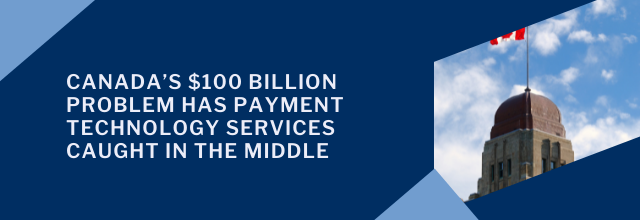As you may be aware, Telpay is registered with the Financial Transactions and Reports Analysis Centre of Canada (FINTRAC). FINTRAC is the federal agency responsible for administering the Proceeds of Crime (Money Laundering) and Terrorist Financing (PCMLTF) Act.
As per the PCMLTF Act, Telpay is defined as a Money Service Business or MSB because it engages in the services of “remitting or transmitting funds.” As a result, Telpay is subject to certain reporting, record keeping, and monitoring responsibilities.
Each year, money laundering in Canada represents a $100 billion problem, and the current FINTRAC policies don’t seem to deal with the problem adequately. In this recent Financial Post article, the author writes that the approach to managing money laundering in Canada needs revising.
Although Telpay is the equivalent of a money messenger – moving funds from one bank account to another, the use of its services could potentially be used to conduct money laundering activity by making the funds seem like they are from a legitimate source. There is no doubt that security around the opening and operation of bank accounts is the best way to monitor the attempt of money laundering activity and that points of entry into the banking system should be the focus of FINTRAC efforts. However, the reality is every stage in the journey of a payment or funds transfer provides an opportunity for criminals to modify the original identity of that payment.
It should be noted that pointing out the shortcomings of the current FINTRAC policies is not an argument for Telpay to reduce its efforts in reviewing, tracking, and reporting suspicious activity as required by the Act. Instead, it is an argument that we should remain vigilant in our efforts to recognize and deter such attempted activity.
Combatting money laundering is an ongoing battle in an increasingly electronic world where the disguising of a transaction is a click away. Payment Technology services and others in the money movement business will continue to scrutinize the funds that are moved to mitigate Canada’s $100 billion problems.

